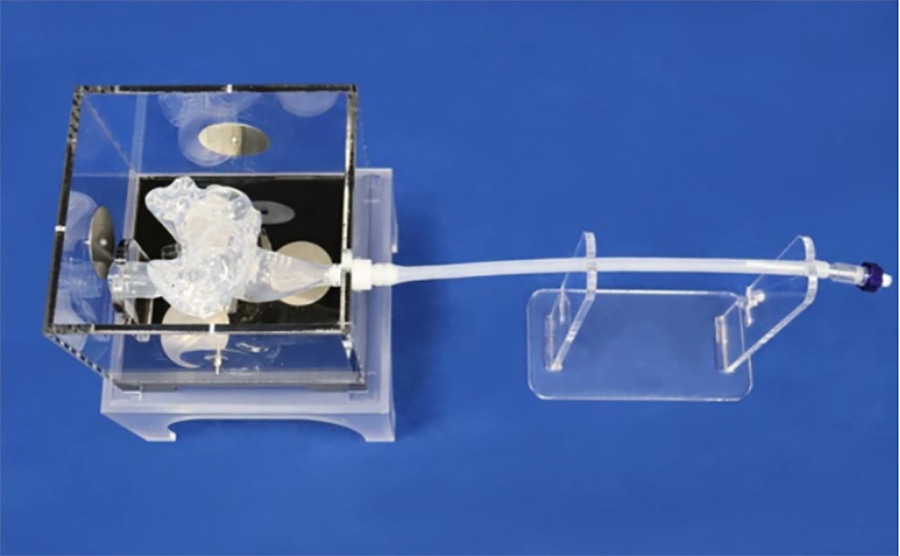
#Industry News
Atrial Fibrillation: Understanding the Irregular Rhythm of the Heart
Heart Model for Ablation Therapy
Introduction
Atrial fibrillation (AF) is a common heart rhythm disorder characterized by irregular and often rapid electrical signals in the atria, the upper chambers of the heart. It affects millions of people worldwide and poses significant health risks if left untreated. This article aims to provide an overview of atrial fibrillation, its causes, symptoms, and available treatment options.
Understanding Atrial Fibrillation
Atrial fibrillation occurs when the electrical signals that regulate heart rhythm become chaotic, causing the atria to quiver or fibrillate instead of contracting efficiently. As a result, the atria are unable to pump blood effectively into the ventricles, leading to an irregular heartbeat. This irregular rhythm can disrupt the normal flow of blood and increase the risk of blood clots, stroke, heart failure, and other complications.
Causes and Risk Factors
Various factors can contribute to the development of atrial fibrillation, including:
1.Age: AF becomes more common with advancing age, especially in individuals over 60 years old.
2.High Blood Pressure: Uncontrolled hypertension can strain the heart and increase the risk of atrial fibrillation.
3.Heart Diseases: Conditions such as coronary artery disease, heart valve disorders, congenital heart defects, and previous heart surgeries can all contribute to AF.
4.Chronic Conditions: Chronic conditions like obesity, diabetes, sleep apnea, and thyroid disorders can increase the risk of developing atrial fibrillation.
5.Lifestyle Choices: Excessive alcohol consumption, smoking, illicit drug use, and a sedentary lifestyle can all contribute to the development of AF.
Symptoms and Complications
Some individuals with atrial fibrillation may experience noticeable symptoms, while others may be asymptomatic. Common symptoms include palpitations (rapid or irregular heartbeat), shortness of breath, fatigue, dizziness, chest pain, and fainting. However, it is important to note that symptoms can vary widely among individuals.
If left untreated, atrial fibrillation can lead to serious complications, including an increased risk of blood clots in the atria, which can potentially travel to the brain and cause a stroke. Additionally, the irregular rhythm can weaken the heart muscle over time, leading to heart failure.
Treatment Options
The management of atrial fibrillation aims to control heart rate, restore normal heart rhythm, and prevent complications. Treatment options include:
1.Medications: Antiarrhythmic drugs, beta-blockers, and anticoagulants may be prescribed to control heart rate, restore normal rhythm, and reduce the risk of blood clots.
2.Cardioversion: This procedure involves restoring normal rhythm using electrical shocks or medications.
3.Catheter Ablation: A minimally invasive procedure where radiofrequency energy is used to destroy the abnormal heart tissue responsible for the irregular rhythm.
4.Surgical Maze Procedure: In some cases, open-heart surgery may be recommended to create a pattern of scar tissue in the atria, redirecting electrical signals and restoring normal rhythm.
5.Lifestyle Changes: Modifying lifestyle factors such as managing stress, maintaining a healthy weight, exercising regularly, and avoiding triggers like alcohol and caffeine can help manage atrial fibrillation.





